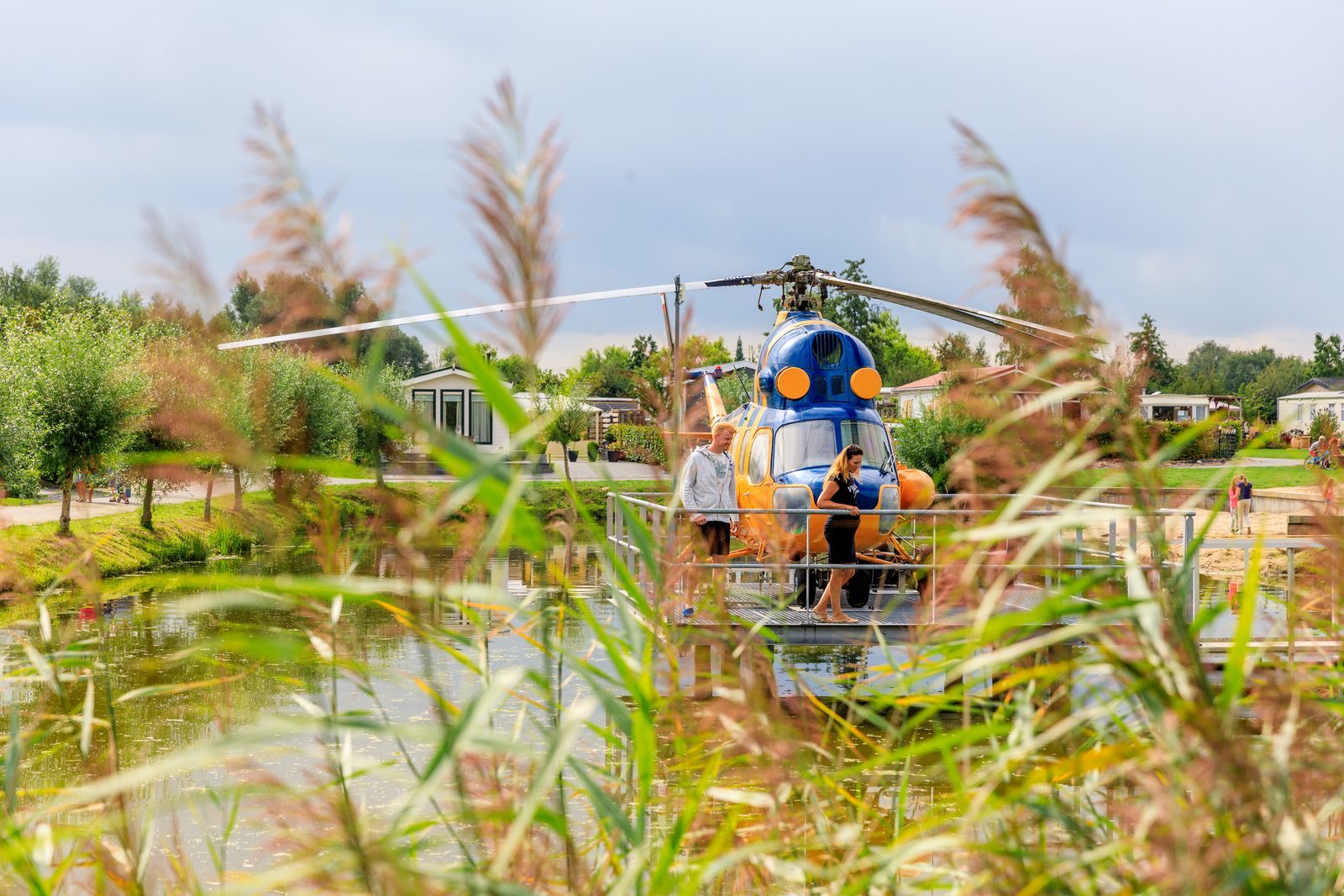
- Home
- Weerribben Wieden
Weerribben Wieden is a beautiful region in the northwest of Overijssel. A region where you can sail, cycle, and hike through the beautiful forest, reeds, water landscapes, and picturesque towns, such as Giethoorn and Blokzijl. The area is also known for the Weerribben-Wieden National Park, the largest lowland peat moor area of northwestern Europe. In this versatile area, plants, animals and people feel at home.
The origin of the environment started in the ice age. This created a wavy landscape in the Netherlands. This created a boulder hump "The High Land of Vollenhove" at Vollenhove. Between the High Land of Vollenhove and Steenwijk, an area was created in the shape of a soup plate, and the water continued to flow through the loam. Accumulations of dead water and marsh plants caused peat formation. Over the course of centuries, a peat bog came about that was sometimes three to four meters thick at places.
Around the 12th century, attempts were made to dehydrate the peat bog in "De Wieden" by digging ditches and making them suitable for habitation. Afterwards, people discovered that dried peat could serve as fuel. Since then, peat extraction has been the main trade of this area for centuries.

Peat was excavated in long trenches where a strip was kept in order to let the peat dry, these strips were called 'legakkers'. There was a great demand for peat as fuel, so a lot of peat was extracted. The tensile holes were becoming wider and there could be a considerable surge during storms themselves, so much so that these 'legakkers' were completely knocked away. This caused large lakes, called De Wieden, to be formed. After two storms in the years 1775 and 1776, even the village of Beulake disappeared in the waves. However, the church with the tower remained standing until it also disappeared in 1825 due to a flood.
Peat extraction in the Weerribben started much later. Due to the experience of digging up peat in the Wieden, people had become wiser and rules have been laid down on the breadth that the 'legakkers' must have as a minimum. This is why no large lakes were created in De Weerribben. The peat landscape can be seen in the name Ribben narrow strips of land on which the peat dredger was dried, and Weren are the debris parts that were filled with water again. By these waters you can now sail with canoe or boat, and enjoy our nature reserve and the wetlands.
Botterwerf Vollenhove
Resting point
Excursions
Vollenhove, a rich history


Discover on land, at sea, and by air
On land
There are many miles of hiking and cycling routes spread across the beautiful nature reserve. These will lead you past the most beautiful parts of nature and many unique villages and towns in this fantastic piece of Overijssel.




